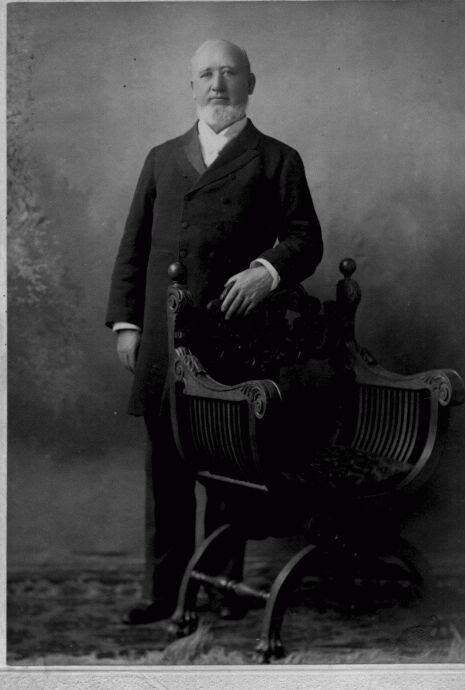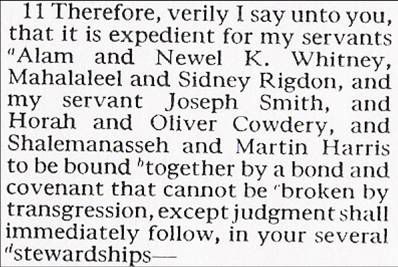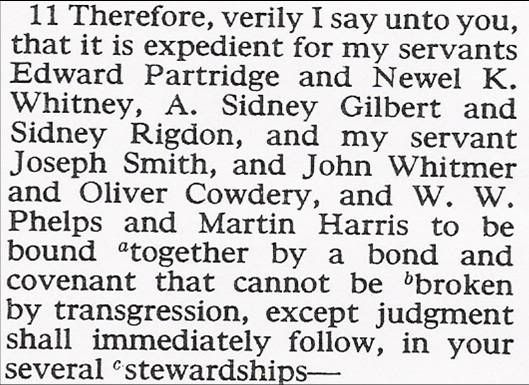I delivered this paper at the 2006 meeting of the Mormon History Association in Casper, Wyoming. Because that was an oral presentation, which I haven’t converted to one intended to be read, the quotations below are filled with ellipses. I find that annoying as a reader, and I apologize for that. I promise, though, that the sense of the quotations hasn’t been changed; they are only streamlined to make it easier for listeners to grasp easily at the speed of the spoken word.
Introduction
 LDS Apostle George Q. Cannon went to Washington in 1872 to assist with yet another bid for Utah statehood. If history proved any guide, failure would have consequences. Cannon wrote:
LDS Apostle George Q. Cannon went to Washington in 1872 to assist with yet another bid for Utah statehood. If history proved any guide, failure would have consequences. Cannon wrote:
[T]he application for admission as a State … in 1856 … was followed by the sending of an army to wipe us out. The application for admission … in 1862, was followed by the passage of the anti-polygamy law. What will follow this application?
Seeking confidential political advice from long-time ally Thomas L. Kane, Cannon went to rural Pennsylvania. His written report does not mention Kane by name, nor the location of his meeting – no destination, not even the direction or means of travel or time necessary to reach the spot are given. The report refers vaguely to unnamed “parties” and unspecified “terms.” “[W]ritten communications on such subjects are dangerous,” Cannon noted.
His caution was more than affectation or paranoia. The very day that Cannon wrote his report, a correspondent for the New York Herald penned his own account of Mormon affairs in Washington:
The apostle … has just returned from a visit to McKean county, Pennsylvania, where he saw General Thomas L. Kane, the intimate friend and supporter of Brigham Young. General Kane is very feeble, … He will, doubtless, do his utmost, but the apostle was unable to report to the Utah representative anything very favorable …
That issue of the Herald came to Cannon’s notice while he was again writing to Brigham Young:
I never was more surprised in my life … than I was just now at perusing the enclosed correspondence from the N.Y. Herald … I know I have spoken to no one … , or dropped a word that would be a clue. … Yet read this Washington correspondence, written the day after my return … !
The probable solution is that Cannon’s Washington movements were watched. When Cannon boarded a train for Pennsylvania, someone – likely T.B.H. Stenhouse, once a Mormon but now working with anti-Mormon interests in the east – deduced Cannon’s mission. But while this covert activity was not exposed through intercepted mail, the incident illustrates how and why Mormon leaders guarded their correspondence.
This paper will look at occasions when 19th century Mormon communications were masked by code, cipher, or other protective screens. We will look at conditions that motivated concealment, examine how each code worked, and in the process remember something about who we were as a people in the 19th century.
Coded Names in Doctrine and Covenants
Probably the most widely known example of 19th century Mormon code is the so-called “unusual names” in the Doctrine and Covenants – Gazelam for Joseph Smith, Shalemanasseh for William W. Phelps, and so on.

Doctrine and Covenants 86:4, 1835 edition. The verse is now numbered 82:11.
The seven sections containing these names were written in Kirtland, and deal with people, places, and properties connected with the Law of Consecration. Orson Pratt reported the genesis of these names:
We often had access to the manuscripts … ; and it was our delight to read them over and over again … When … the time arrived to print [them], it was thought best not to publish them all, on account of our enemies, who were seeking every means to destroy the Prophet and the Church. On account, however, of the great anxiety of the church to see them in print, it was concluded … that by altering the real names …, and substituting fictitious ones …, they might … safely appear in print . …
The need for concealing Kirtland’s financial affairs had long passed by 1854, when Pratt published an explanatory article in The Seer. This reminded Phelps of his own concealed name, and he wrote to Brigham Young – a letter that would become valuable in our day.

Doctrine and Covenants 82:11, 1880 edition.
But except for the article in The Seer and discussion in General Conferences at ten-year intervals, the Saints had no ready reference for understanding the mysterious verses. Beginning with the 1876 edition of the Doctrine and Covenants, the real names, so far as they were remembered, were printed alongside the code names, a practice which continued through 1981. With that edition code names were omitted, except for four that could not be identified.

Doctrine and Covenants 82:11, 1982 edition,
last edition before the newly identified code names were dropped.
Then, in 1982, David J. Whittaker at BYU came across the Phelps’s 1854 letter, and recognized the identities of the last four substituted names.
Incidentally the head note to Section 82 still refers to unidentified code names, citing readers to verse 11, although all persons mentioned in that verse are now known:


Doctrine and Covenants 82:11, 2002 edition, with headnote.
To be continued
Continue reading at the original source →



